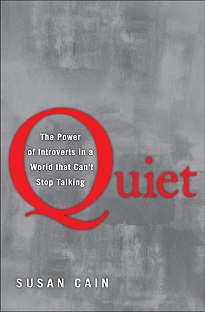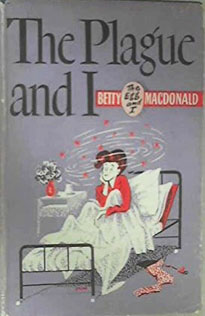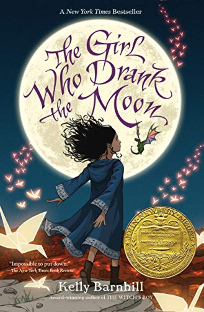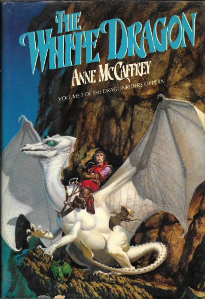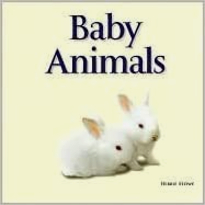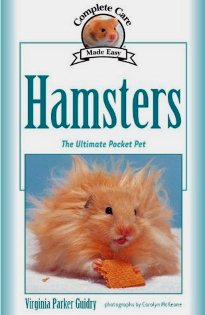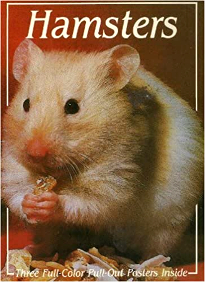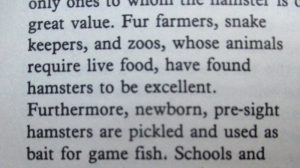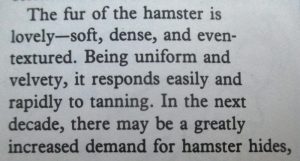I have a friend who underwent brain surgery last year for a tumor. He had a fifty/fifty chance of recovering without complications, and thankfully that was the case. It could have very well been otherwise. I thought about that a lot as I read this book. It’s authored by a neurosurgeon who works in the NHS- so a lot of details about the system and management were a bit different than what I’m used to, but all the same in a way- frustrations caused by things out of his control, for example. Like sending away for a test while the patient is waiting for their operation and something happens so the test never comes so the procedure gets delayed to the next day- resulting in a very upset patient of course. The surgeon was usually kind and apologetic, but at the same time he often came across as arrogant or dismissive, as when he waved aside someone’s concerns that they woke up from surgery with huge bruises on the face (doctor knew it would go away quickly, patient was very alarmed). The book is full of individual stories about different cancers and injuries he treated- sometimes with descriptive details on how the procedures are performed, other times with more about the patients as people, or the circumstances surrounding the surgery, or how the surgeon felt himself about it all. The tricky balance he had to keep between caution and confidence, to do such delicate and dangerous things inside people’s heads. Some of the stories have good endings, some are terribly tragic, and occasionally there’s one where he never hears of the patient again. As many of the people seeking treatment (or their families) were elderly suffering from brain tumors, there’s also things about end-of-life care and decisions- brought to mind Being Mortal. And purely from the descriptions of the physical art and skill, I was reminded of Mortal Lessons. I also had in mind the few Oliver Sacks books I’ve read- when Marsh explained how specific damage to the brain would affect certain parts of the body or abilities. I think what struck me most about this account, is how acutely honest the surgeon was about his mistakes. It’s rather terrifying to think that if you need brain surgery done, it is, after all, another human performing the operation.
Stories of Life, Death, and Brain Surgery
by Henry Marsh

Rating: 4/5
291 pages, 2014
More opinions: Ex Libris
anyone else?
